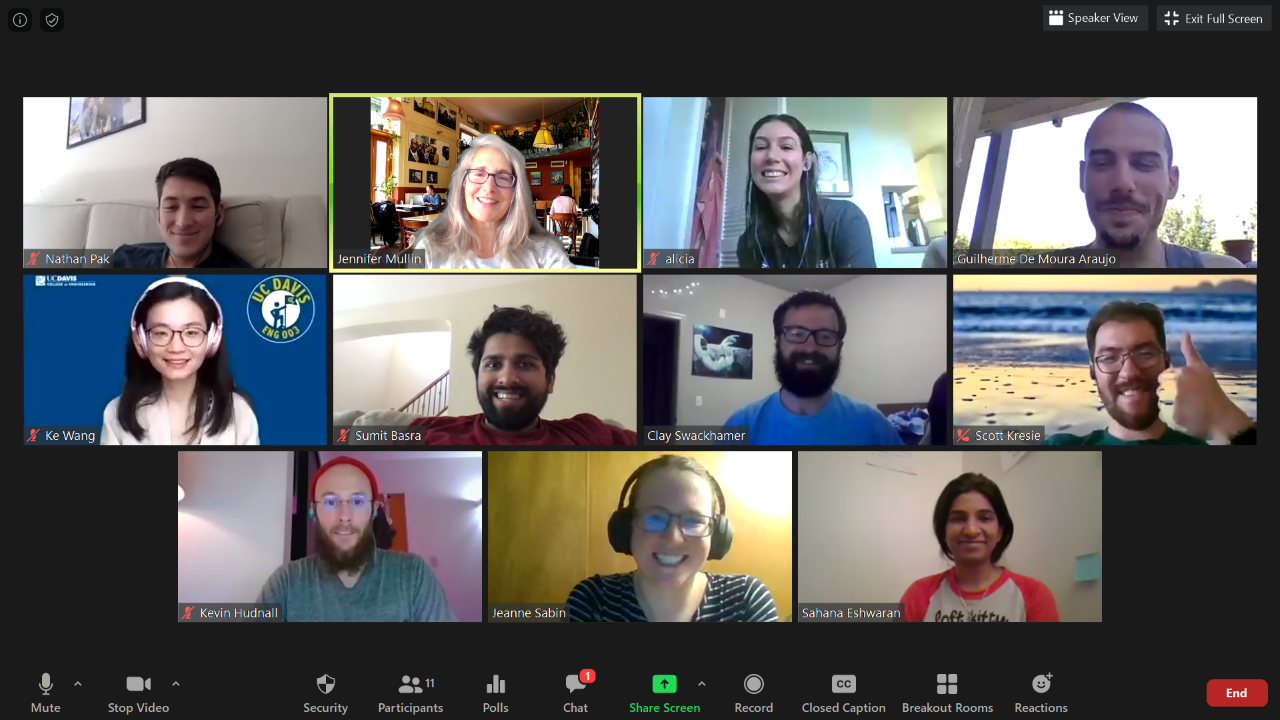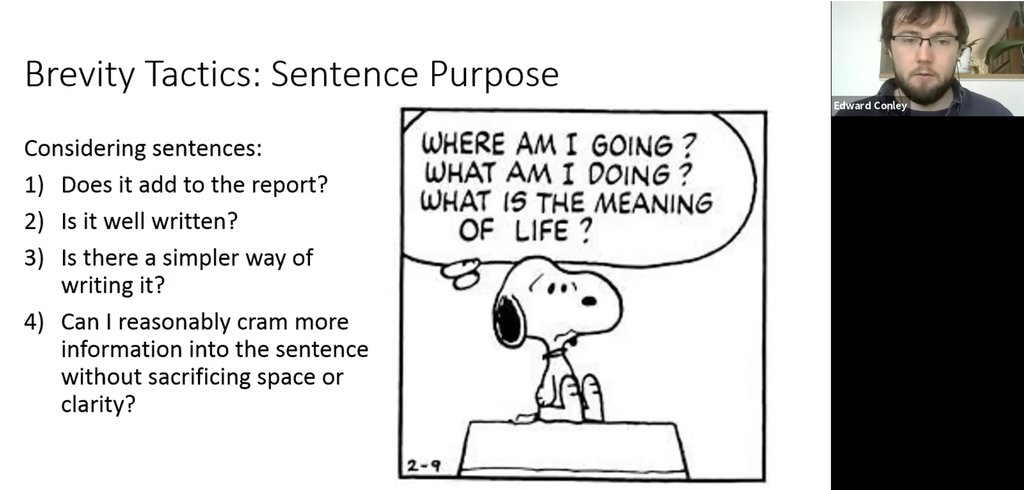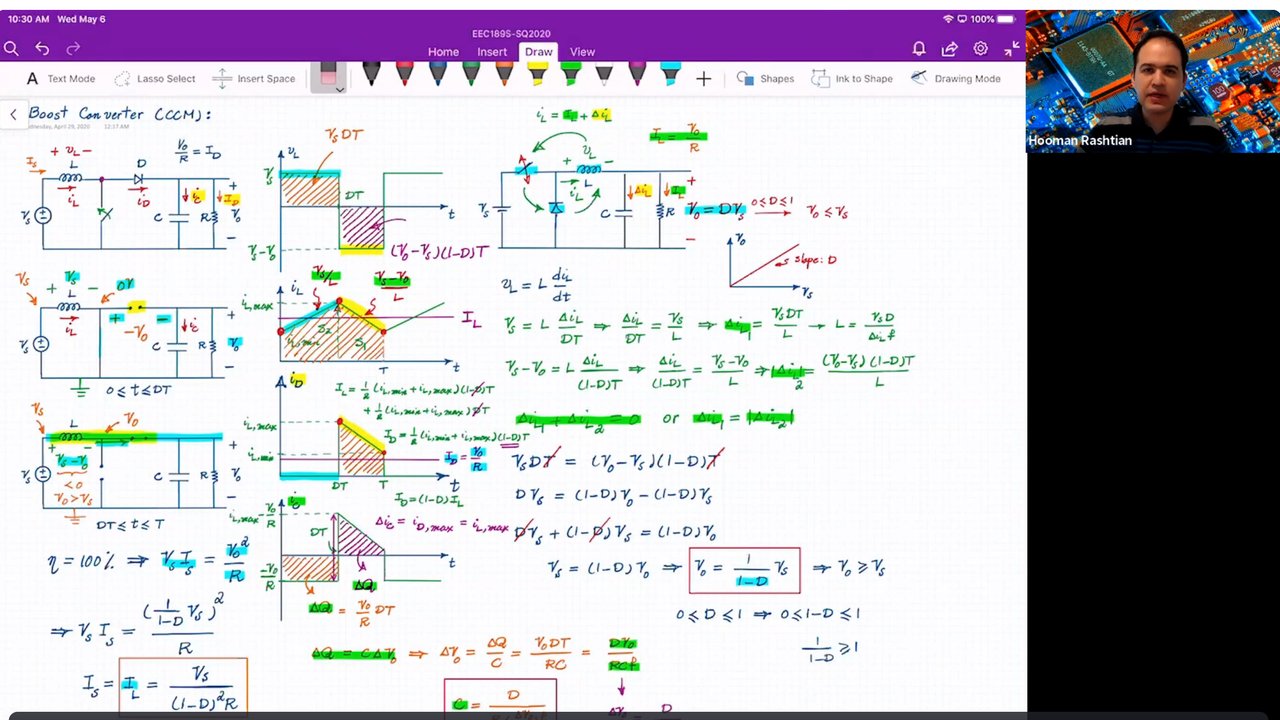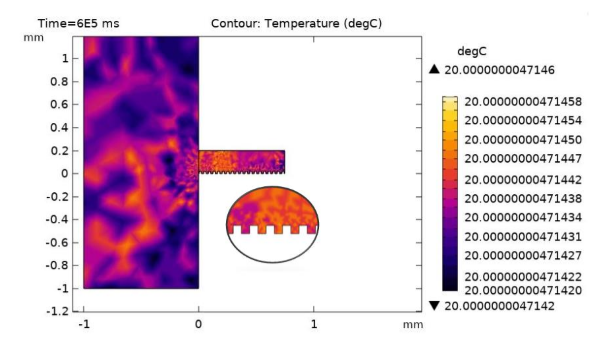
Engineering Creative Solutions for Teaching Remotely
When Yolo County issued a shelter-in-place order on March 18, the College of Engineering’s graduate student teaching assistants (TAs) and faculty members had less than two weeks to transition their spring classes online. While spring 2020 will be remembered as anything but a normal quarter, innovation in teaching and community among students and TAs have helped keep the college running and make the best of the situation.
“I tell students, ‘when you become an engineer, you become a problem solver,’” said Department of Materials Science and Engineering (MSE) professor Klaus van Benthem. “As challenging as this is, I think the students will come out of this as better problem solvers and with experience dealing with an unforeseen situation.”
Assisting with Teaching
Lab courses are challenging to teach online, but instructors and TAs have worked hard to make the time valuable for students.
Remote instruction was perhaps the most challenging for Introduction to Engineering Design (ENG 3), which teaches hands-on design, teamwork and presentation skills—three things that are hard to do online. To tackle the challenge, Department of Biological and Agricultural Engineering (BAE) Assistant Professor of Teaching Jennifer Mullin and her team of 11 TAs meets weekly via Zoom to plan lessons, give feedback on what is and isn’t working and share resources to support one another.
“We had to up our game as teaching assistants,” said ENG 3 TA and BAE Ph.D. student Clay Swackhamer. “We need to, in real time, figure out how to get students engaged, so we’ve had to be really flexible.”
MSE Assistant Professor of Teaching Susan Gentry uses her TAs’ experience to help “re-invent” her classes and lead alternating one-hour discussion sections each week instead of labs. These discussions cover both lab-based topics and professional skills such as data analysis and how to write a research paper.
“We’re trying to take advantage of the time to do things we might not have otherwise,” said Gentry. “It brings new opportunities for students to learn things and develop skills that they need.”
The Department of Electrical and Computer Engineering (ECE) and the college have helped keep the hands-on component of laboratory instruction by buying experiment kits for every student in ECE lab courses and ENG 3, respectively, and mailing them to their homes so they can still work on the projects.
“The students are really stoked about it,” said Swackhamer. “They like that they now have something physical to put their hands on.”

Videos and Simulations
Though the college has embraced simulations and videos out of necessity, Swackhamer, ECE Assistant Professor of Teaching Hooman Rashtian and others have been pleasantly surprised at how well they’ve helped their students learn.
Rashtian now incorporates online circuit simulations in his lectures, which allow him to show, on the spot, the effect of changing component values on circuit performance.
“Because students can see the simulation as they are introduced to the topic, they can develop a more intuitive understanding of the circuit,” he said.
The TAs in ENG 3 have had a similar experience with another simulator called Tinkercad. Students can use it to build virtual Arduino circuits in a collaborative workspace and refine their design before translating it to the real world. The TAs can also check in, troubleshoot and leave comments in each workspace.
“It’s basically the Google Docs of circuits,” said TA and BAE Ph.D. student Gui de Moura Araujo. “I still feel close to students because I can check in on their progress and help them in real time.”
Videos are also becoming an increasingly important part of these classes. ENG 3 students are learning, for the second quarter, to use videos to take their end-of-quarter oral presentations online instead of a physical showcase. For lectures, Rashtian uses the synchronous video format to stay interactive and engaging, switching between multiple devices to give students the most thorough experience possible.
TAs in ENG 3 and ECE make videos for their students on almost a daily basis and post them to Aggie Video. In ECE, the TAs use these videos to demonstrate the lab before the students try it, and in ENG3, TAs cover everything from wiring circuits and Arduino basics to recording Zoom meetings and adding videos to presentations. This is all part of building online toolkits for each class.
“You need to spend a lot of time to refine and improve the quality and make it something that students enjoy watching,” said Rashtian.

Online Design
Remote instruction has hit senior engineering students particularly hard, but students are taking the challenge in stride. Before the shelter-in-place, seniors in each department are given real-world problems to solve with a design that they build in teams and present at the annual Design Showcase. The project is a capstone of their undergraduate experience and, for many, a stepping stone to jobs.
BAE Ph.D. student Vivian Vuong, a graduate advisor to a BAE senior design team, has been impressed with how much the students have remained enthusiastic. Her team has used Arduinos left over from siblings’ projects to build circuits and tested designs in their parents’ backyard to get as close to a real-world environment as they can.
“They’re very scrappy,” she said. “They were very willing and able to figure it out themselves and make the best of this not-so-great situation.”
For the MSE students, the shelter-in-place order came the same day that they presented their design concepts to their peers. With the projects already in progress, the teams had to shift from building something to creating models of the design using engineering software.
“They still need to solve the same problem, they’re just now using a different tool,” said van Benthem, who’s teaching the department’s senior design course this year.
Using modeling software was a challenge, however, as most students had never used them before. Despite the learning curve, van Benthem thinks it was a valuable learning opportunity and a good place to begin making them a bigger part of the undergraduate curriculum.
“It was a true challenge, but we are all running with it, I think, rather successfully,” he said.

Building Community
A silver lining of this quarter may be that it’s building a greater sense of community across the college as students, TAs and faculty support one another.
This is important in ENG 3, where every student is building their own design or part of a design. Combining and modifying these ideas into a single design is known as iterative engineering design—something the instructional team has made sure to emphasized.
“It’s put the students in a position where they have the opportunity to explain things to each other, even more than in the past,” said Swackhamer. “It’s really re-enforced the community aspect of engineering design.”
Rashtian has found a way to incentivize this in his classes by giving extra credit to students who finish labs early and are willing to help their peers. This not only helps reduce the workload on Rashtain and the TAs, but helps students better understand the material.
“Often times we learn better when we teach, so by teaching the material to their peers, it helps them as well,” he said.
Rashtian also tries to build community by holding daily office hours for all ECE students, who can make an appointment to talk to him about any challenges they’ve had this quarter.
“There’s a lot of community happening,” said Vuong. “The undergrads are supporting each other, the grad students are supporting the undergrads while checking in with each other, and when I meet with most faculty members, the first question they ask is, ‘how are you doing?’”




